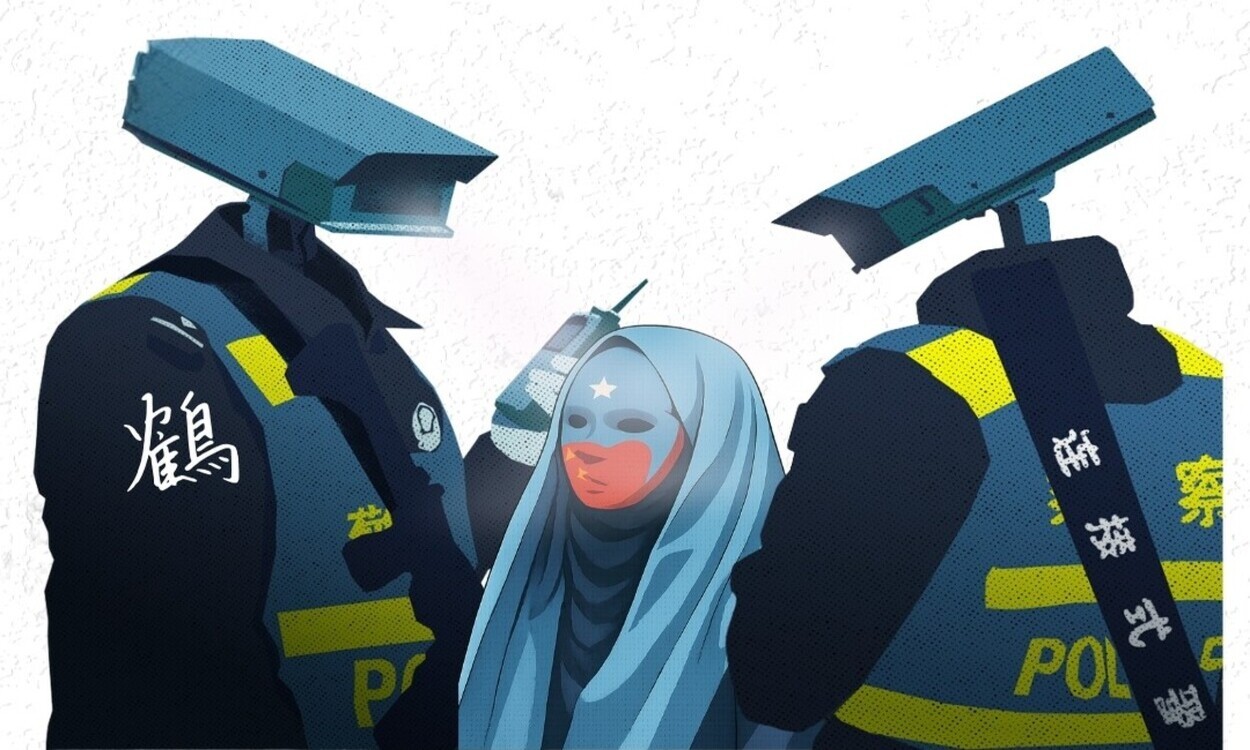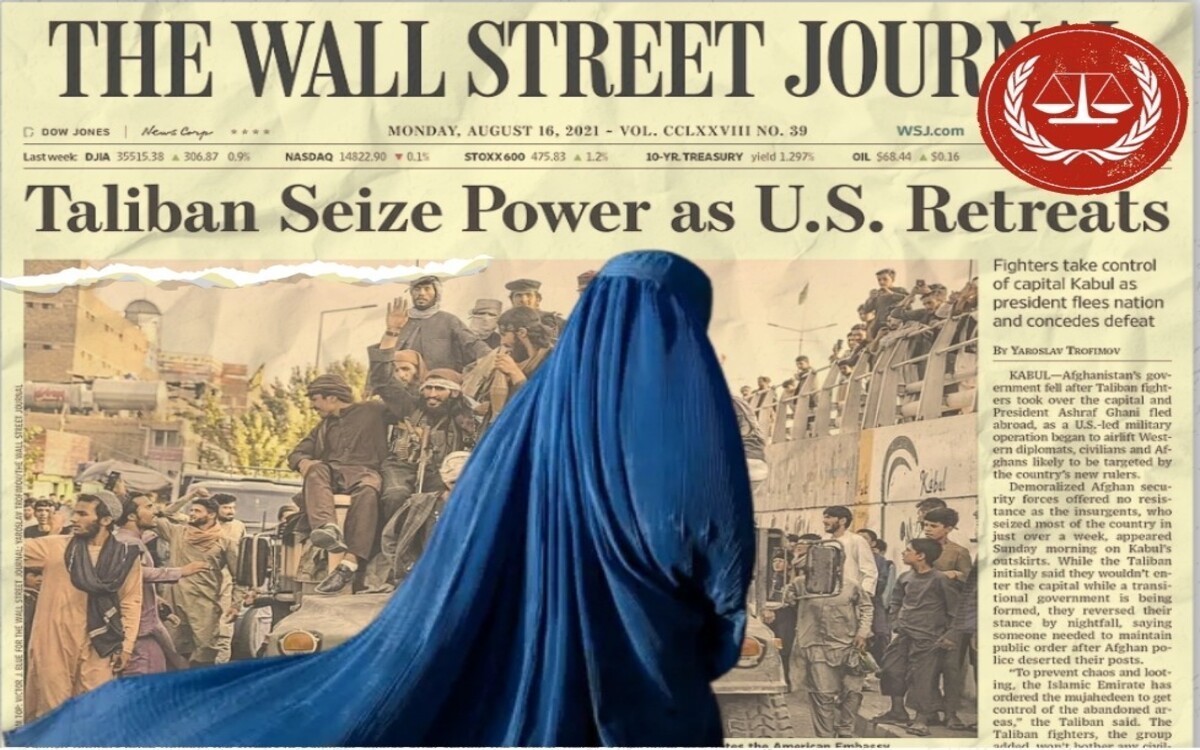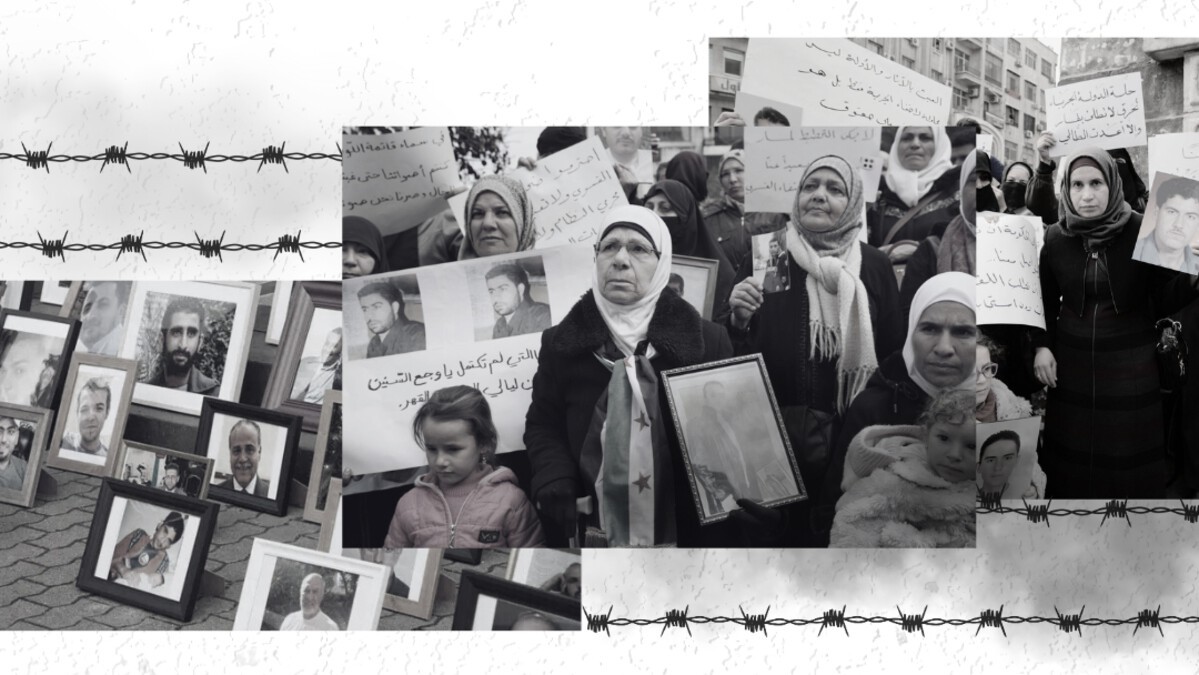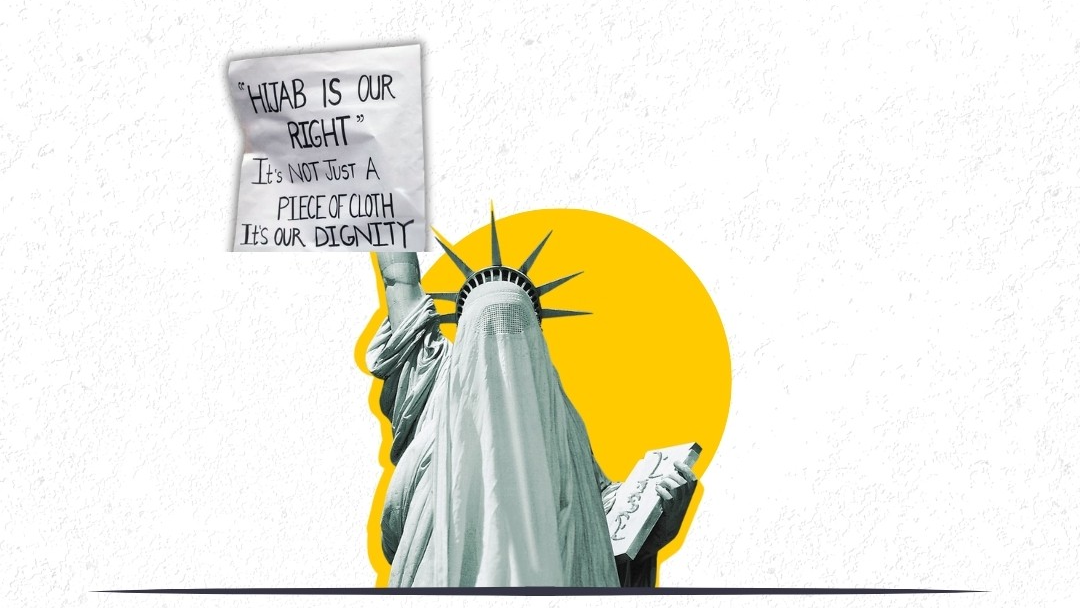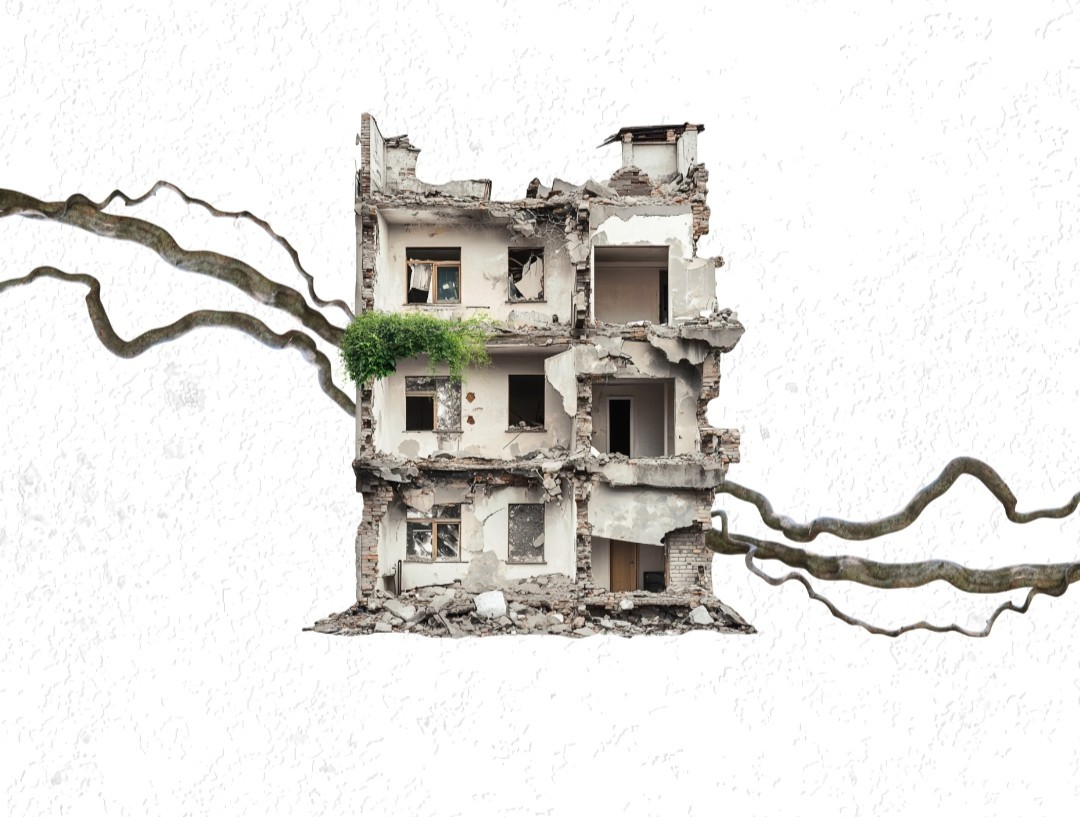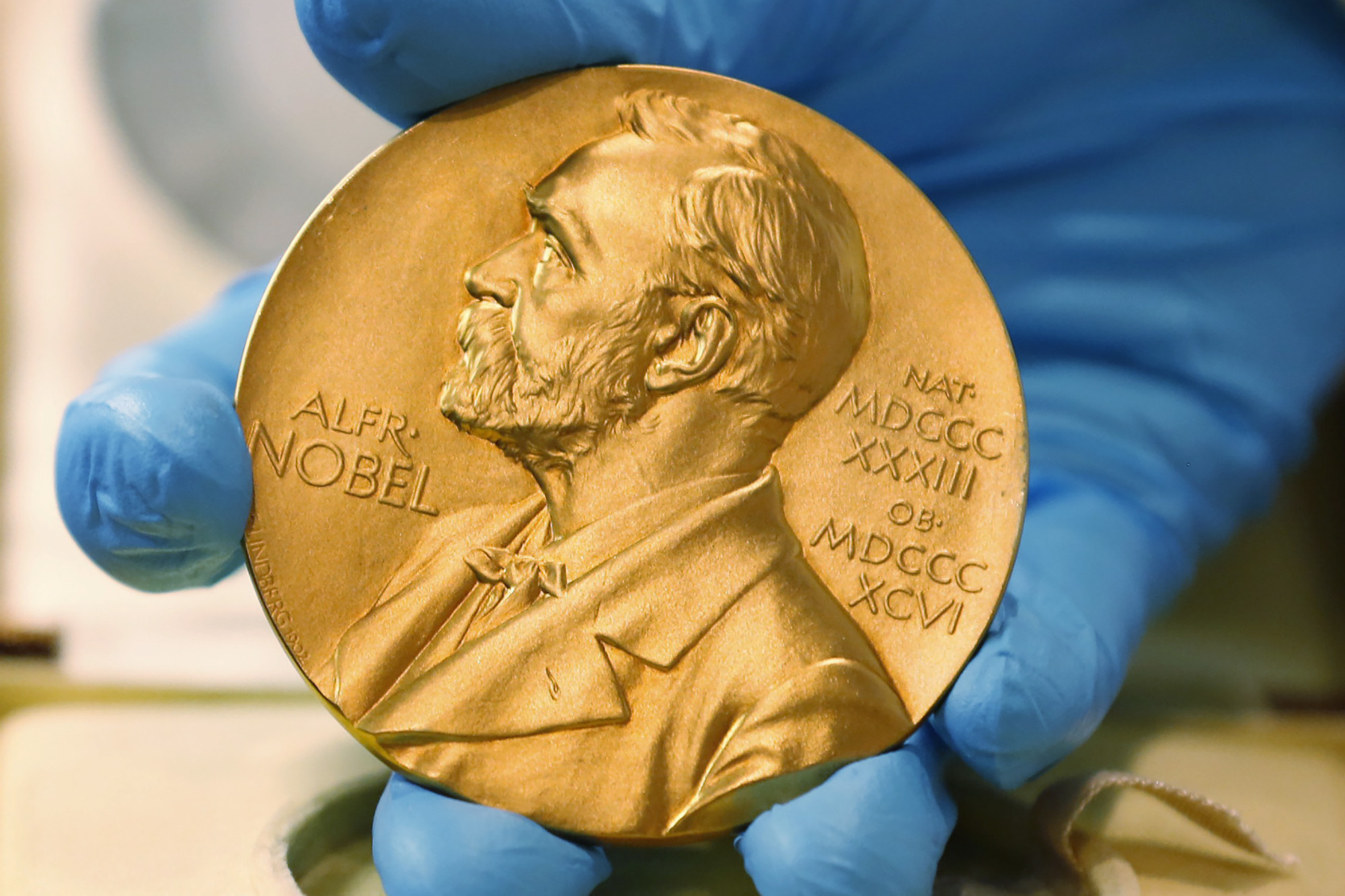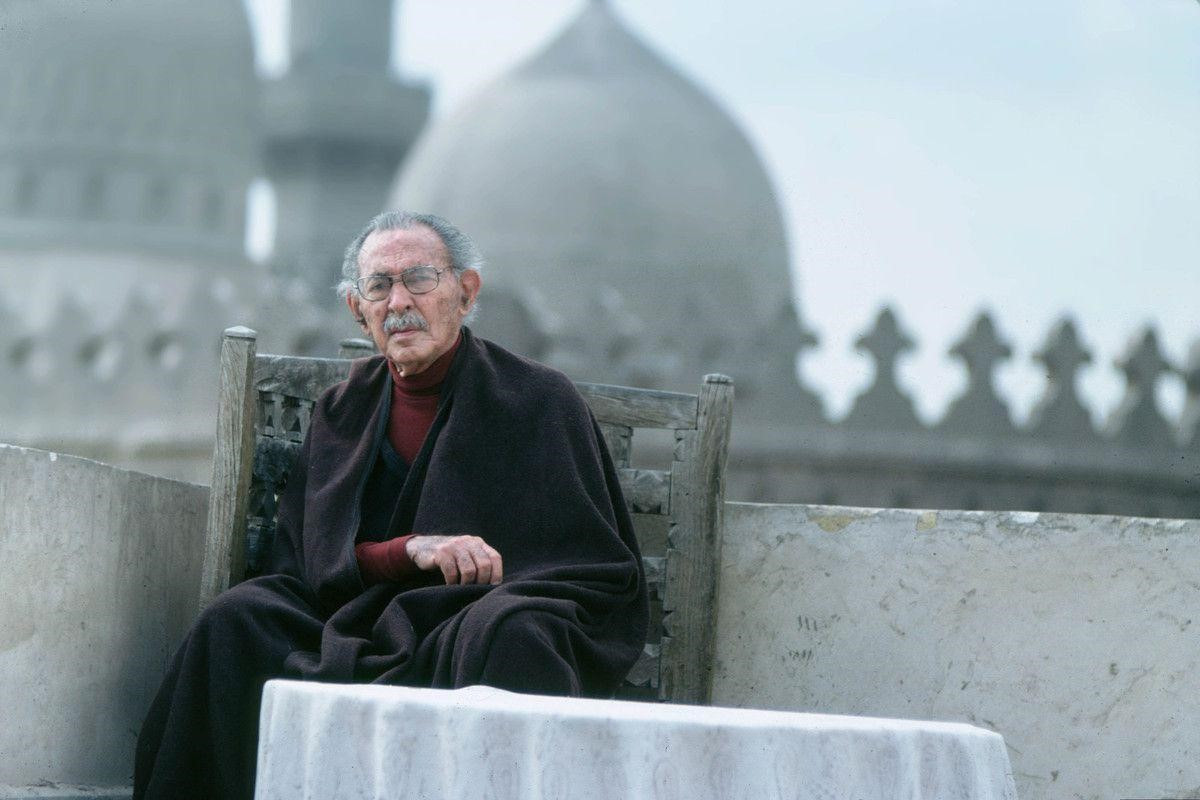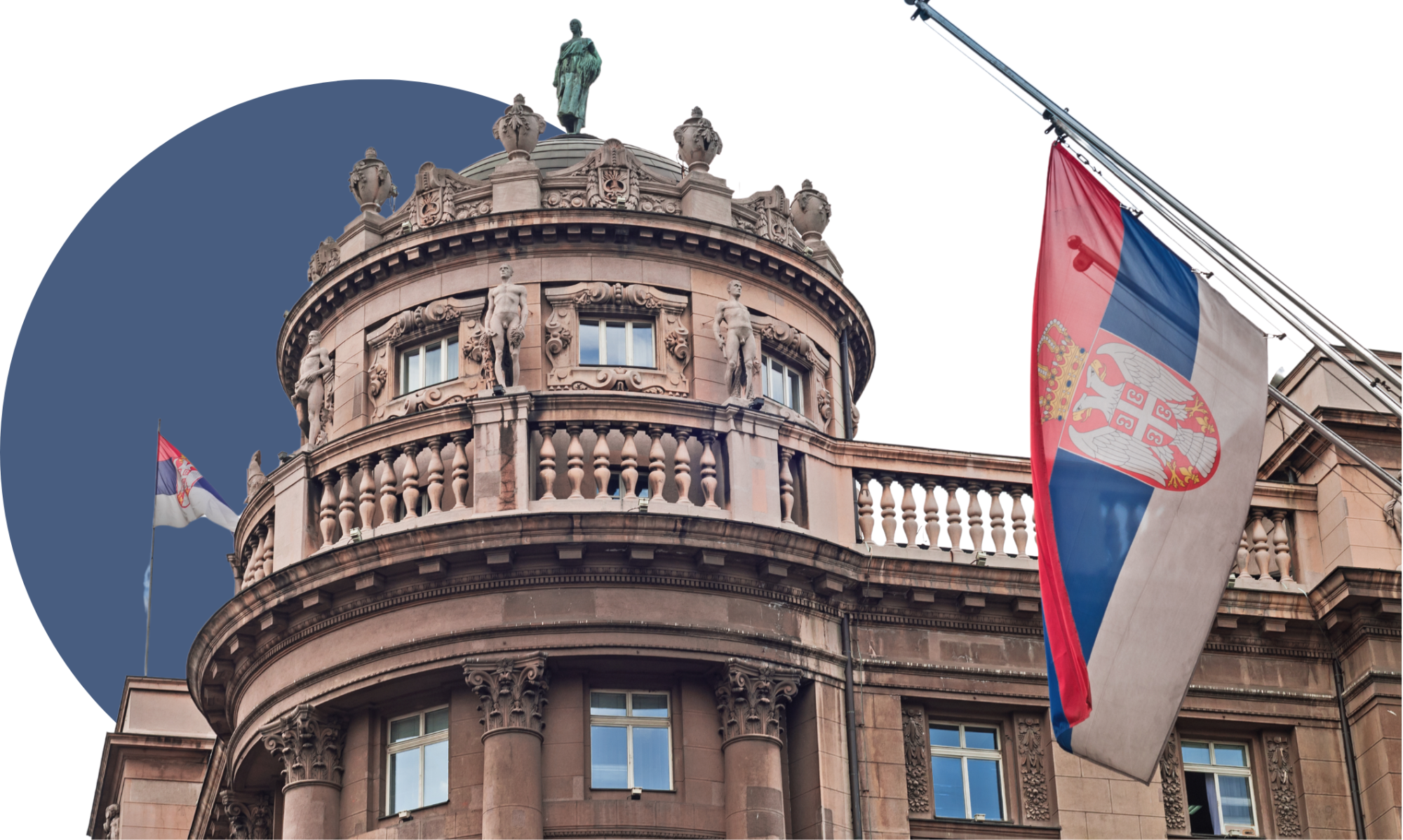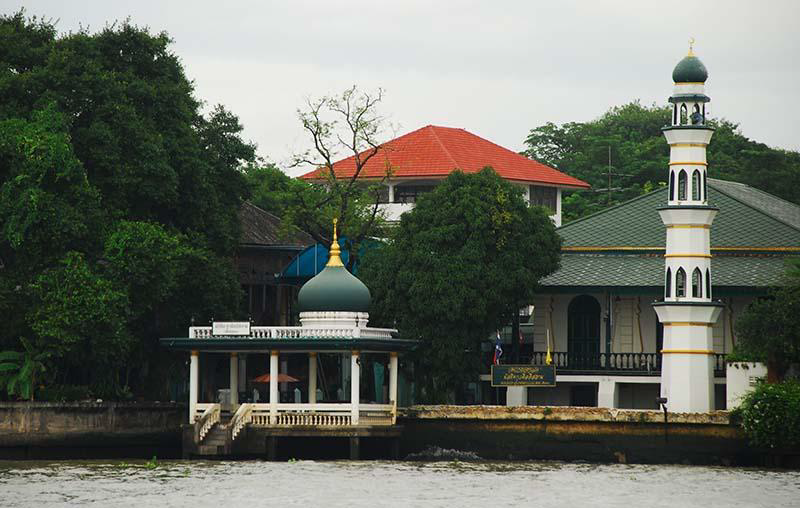
Digital Da'wah: Transforming Islamic Preaching in Indonesia through New Media
Recently, Islamic da'wah in Indonesia has entered a new phase with the emergence of various Islamic communities that utilize new media. Previously, Islamic da'wah was mostly presented in a conventional format. The presence of new media has produced a new format of da'wah where anyone can participate (Syarif, 2023; Pabajjah, 2019; Hasmawati, 2022; Adeni, 2021). On the one hand, this new format is seen as shifting the practice and authority of conventional da'wah, but on the other hand, it is also viewed as a form of development or modernization of Islamic da'wah.
Conceptually, online religion or digital religion focuses on how the interaction between religion and new media has produced new religious structures or how offline religion has integrated with online reality. One of the important theses that have emerged from the intersection of religion and new media is the erosion of religious authority (Cheong et al., 2012). Therefore, this study aims to prove the assumption that new media, which has resulted in the modernization of da'wah in Indonesia, also brings about the issue of de-authorization or decentralization of da'wah. This includes the loss of dominance by preachers in determining the success of da'wah and the openness of da'wah messages to debate and rejection by the recipients of da'wah. Based on this, I analyze how the presence of new media has impacted the practice of da'wah in Indonesia, shifting it from conventional to digital, particularly in the context of the fragmentation of da’wah authority in the public sphere.
Even though the term da'wah is broader than tabligh, da'wah is more widely used for all activities that invite others to the path of Islam.
Preachers (da’is), New Media, and Recipients of Da'wah (mad’u)
Da’is are understood as givers or transmitters of da'wah, also known as muballigh. Even though the term da'wah is broader than tabligh, da'wah is more widely used for all activities that invite others to the path of Islam (Adeni, 2022; Aziz, 2019). Thus, da'wah tends to be understood as the activity of communicating Islamic messages to recipients of da'wah, similar to tabligh, even though da'wah also includes all forms of non-verbal actions or da'wah bi al-hal or bi al-'amal in the form of community development activities.
Classical literature on da'wah, such as that by Abdul Karim Zaedan (2002) and Al-Bayanuni (1996), places preachers as the most decisive party in the success of da'wah activities. The main preacher figure is the Prophet Muhammad (PBUH), who received revelations from Allah through the angel Gabriel. Muhammad's apostleship, which became the initial vehicle for the spread of Islam worldwide, led many missionary thinkers to believe that the preacher held the most central position in the missionary process (Sholihin, 2008). In the traditional concept, the words of the preacher are considered moral guidance and must be followed and practiced in everyday life. Moreover, the preacher must have noble qualities as they are emulated by the recipients of da'wah.
However, the presence of new media has expanded (if not shifted) the position of preachers. The dominance of technology in preaching has given birth to machine preachers or technology-based preachers, which is evident from the availability of various applications providing religious information. These applications have replaced imams, ustadhs, and sheikhs. Even when the content in these applications is a religious figure's lecture, full authority still resides with those who use the application. In fact, sometimes, the voice of an ustadh no longer influences a person's choice because people have the freedom to select the religious content they want. In this way, the preacher in the traditional sense has lost their position.
New media is an extension of old media. Old media, displayed on television, radio, magazines, and others, was the new media of its time. However, the internet presence connecting all parts of the communication process easily has redefined new media into platforms that had not yet been discovered (Cormode, 2008). Thus, the term new media continues to evolve with the emergence of various new platforms. One characteristic of new media is interactivity (Lister et al., 2003), which supports open discourse between people. It is an open space that can be used freely by those interested. There are many new media platforms such as websites, YouTube, Facebook, Instagram, X, and even TikTok. The basis of activity for all social media is personal accounts. Everyone can create accounts and share content. This openness of access is a problem for Islamic preaching because anyone can produce religious content or search for religious information without the guidance of a teacher (ulama or ustadh), even though in many aspects, religion as a guide to life must be pursued with the guidance of a teacher.
What has emerged are recipients of preaching who are less guided (Bunt, 2009; Echchaibi, 2011). They become recipients of preaching who are free to determine their path in religious life. Because they are not guided and only get religious information from what they read, hear, and watch on various digital platforms, they become uncommitted to their religion. This is, of course, different from the actual aim of da'wah, which seeks to guide people to the right path in a directed and controlled manner.
The most striking thing in the context of da'wah through new media in Indonesia is the democratization of da'wah.
Democratization of Da'wah: Between the Threat to Islamic Authority and the Fertilization of Islamic Public Discussion
The most striking thing in the context of da'wah through new media in Indonesia is the democratization of da'wah. Democratization of da'wah refers to the decentralized practice of da'wah (Vickery, 2008), which allows content to be produced within a user-generated content framework, enabling anyone with a social media account to produce and share content as they wish. On the other hand, in the name of democratization, everyone can freely reject the message of da'wah.
Democratization of da'wah can threaten da'wah activities because the authority of da'wah is diminished. Ulama, ustadhs, and sheikhs are no longer central authoritative groups. Their ideas are freely debated and even rejected outright by the recipients of da'wah. However, democratization encourages open discussion of religious issues. Public discussions will be created freely and openly, presenting various new, progressive perspectives on religious thought (Sardar, 1993). The previously closed door to ijtihad after the death of Islamic school scholars such as Imam Malik, Hanafi, Syafi'i, and Hanbali is no longer relevant in the context of new media because the door to ijtihad is open again with people being involved in free discussion and discourse. This is very encouraging for the progress of Islamic da'wah if the doors to ijtihad are opened by those who are competent (broadly knowledgeable). The problem is that new media as an open space has led to the emergence of new groups of interpreters (Anderson, 1999) who do not have a sufficient religious background and thus have the potential to harm religion. Nazar Naamy (2023) highlights that in the context of new media, religious authority is not only controlled by traditional da'is who have a scientific base in Islamic boarding schools, but now new authority is born from those da'is who are close to new media, content, packaging, fashion, and social media platforms to preach.
For example, in Indonesia, the openness of da'wah produced by new media has presented various variations of da'wah. Based on observations, I found that new media has encouraged various religious groups to come to the fore, including those previously considered splinter (minorities) and marginalized. As a result, Islamic da'wah in Indonesia is no longer dominated only by mainstream Muslims, represented by Nahdlatul Ulama and Muhammadiyah, but also by splinter groups such as Salafis, Shiites, and Ahmadiyah. Salafi, Shia, and Ahmadiyah are still considered splinter Islamic communities in Indonesia, besides Nahdlatul Ulama and Muhammadiyah, which are mainstream groups followed by the majority of Muslims in Indonesia. Below, as shown in Figures 1, 2, 3, and 4, are displays of new media platforms owned by these groups.
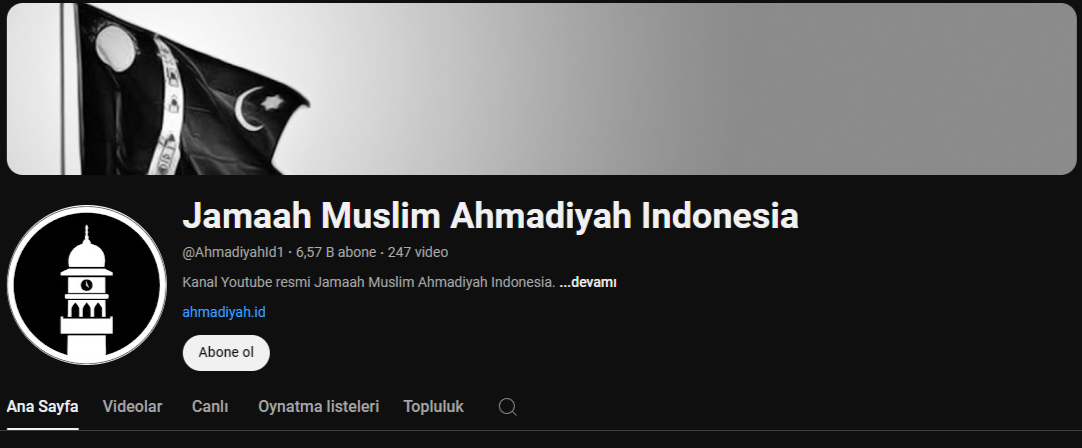
Figure 1. Indonesian Ahmadiyah Community YouTube page
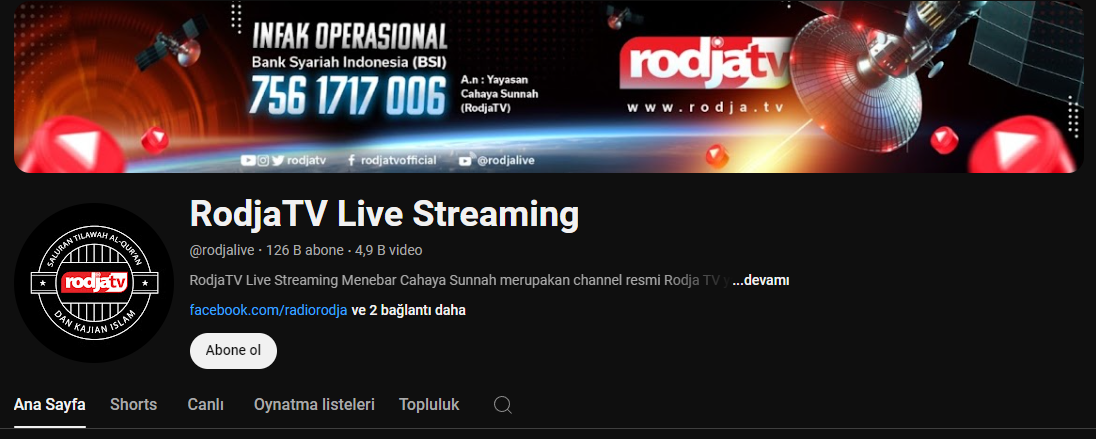
Figure 2. Indonesian Salafi Community YouTube page
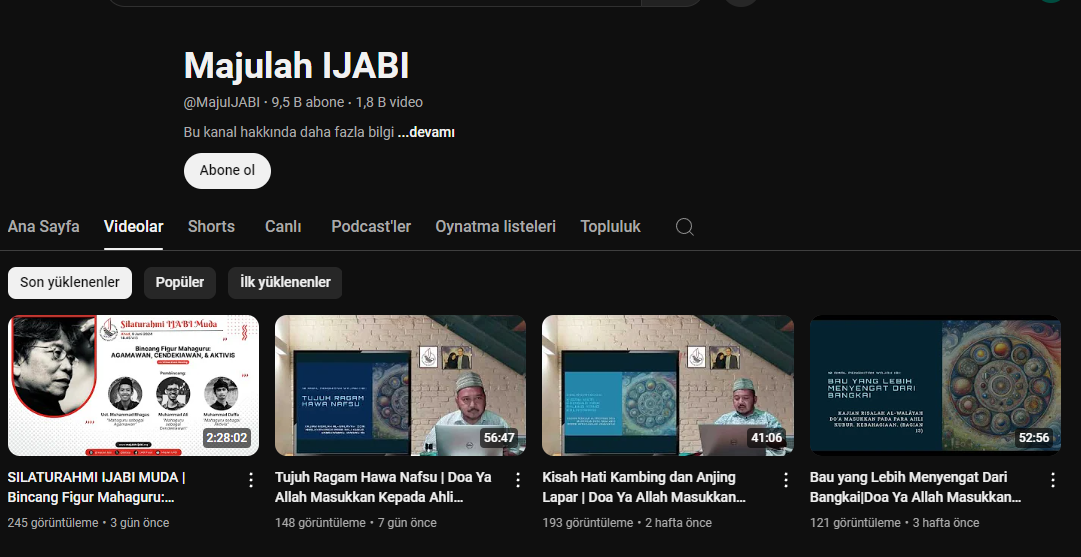
Figure 3. Indonesian Syi’ah Community YouTube page
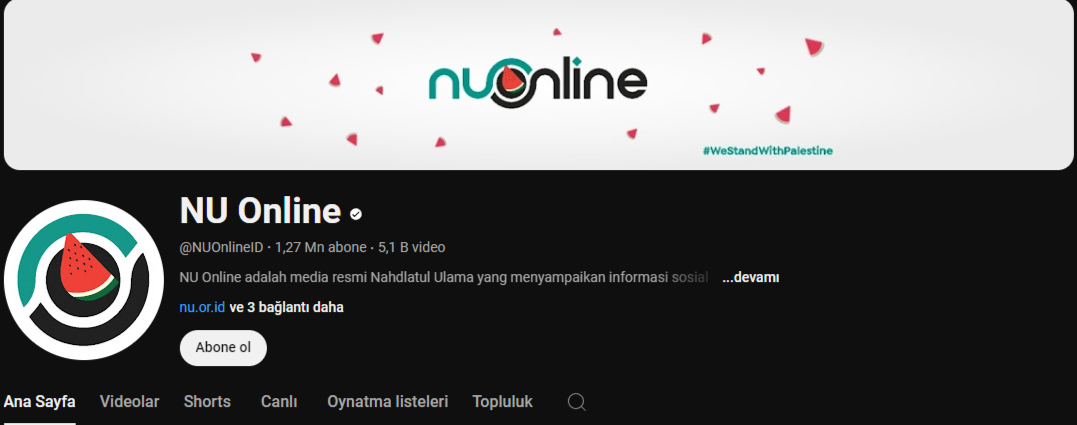
Figure 4. Nahdlatul Ulama Organization YouTube page
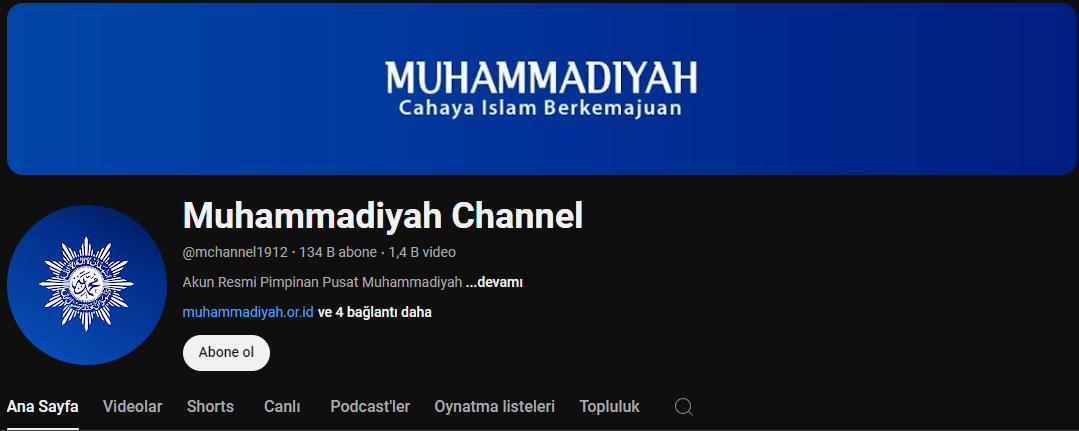
Figure 5. Muhammadiyah YouTube page
These images show that there has been serious internal contestation within Islamic preaching in Indonesia as a result of new media. This can be discussed more deeply as a sign of the progress of Islamic da'wah in Indonesia, where new media has provided a platform for those who have been marginalized (Budiawan, 2020). However, the reality is that new media has led to a struggle for Islamic authority in the public sphere between mainstream and splinter groups, which cannot be ignored, which is also highlighted by Akmaliyah (2020) in her study on the contestation of religious authority in new media. Each group tries to show their identity and voice their beliefs. In some cases, there have been serious debates between splinter groups and mainstream groups regarding specific religious issues. For example, recently, through new media, a mainstream religious figure with the initials UAH gave opinions regarding the permissibility of listening to music, which was then challenged by religious figures from splinter groups who claimed that music is forbidden (haram), accusing the mainstream figure of being "infidels or having left Islam." Another debate is that the mainstream Nahdlatul Ulama group conducts various religious rituals such as celebrating mawlid (the Prophet's birthday), tahlilan (gathering at the house of the dead to recite prayers), and istighasahan (praying to Allah in congregation), which are considered by splinter Muslims as prohibited or made up in Islam. Thus, the new media space appears to be a space for resistance among splinter groups against mainstream domination.
These facts show how new media has become a new arena for religious debate. If this reality is not controlled, it will be detrimental to the progress of Islamic da'wah. Everyone is then free to say whatever they want about religion and demean other groups who are considered different. New media should provide a space for religious discussion that prioritizes arguments, not emotions, and wisdom over sentiment. Adeni and Mudhofi (2022) developed a model of Islamic communication in new media where da'wah communication messages utilizing new media must prioritize Islamic communication principles that are rational, conditional, open, substantive, and humanistic. Therefore, I emphasize that new media for Islamic da'wah must be accompanied by high religious literacy since discussions in public spaces that lack high literacy will only be counterproductive to the goals of Islamic da'wah itself.
Conclusion
This study confirms that new media presents a new face of religion that contrasts with traditional religious structures. In the context of Islamic da'wah in new media, the most prominent aspect is the shift in authority for da'wah from the preacher to the recipient. The success of da'wah is no longer centered on the preachers; in fact, their role has been replaced by machine technology in the form of applications providing religious information. The emergence of new religious interpreters who often lack competence is also an issue in the new media era. However, one thing is certain: new media has modernized the implementation of Islamic da'wah with its various effectiveness and convenience.
References
Adeni, A. (2021). Studi dakwah dalam landskap kontemporer. Fatawa Publishing.
Adeni, A. (2020). Online religion and rethinking the da’wah authority toward an inclusive da’wah: A conceptual study. Jurnal Dakwah: Media Komunikasi Dan Dakwah, 21(1), 111–135. https://doi.org/10.14421/JD.2112020.4
Adeni A. & Mudhofi M. (2022). How to communicate Islam via new media? Some lessons from the Quraish Shihab podcast. Inject, 7(2), 127–140.
Akmaliah, W. (2020). The demise of moderate Islam: New media, contestation, and reclaiming religious authorities. Indonesian Journal of Islam and Muslim Societies, 10(1), 1–24, DOI: 10.18326/ijims.v10i1.1-24.
Anderson, J. (1999). "The Internet and Islam's new interpreters.” In Dalam Eickleman, D.F. (Ed.), New Media in the Muslim World: The Emerging Public Sphere. Bloomington: Indiana University Press.
Aziz, A. (2019). Ilmu dakwah. Prenada Media.
Al-Bayanuni. (1996). al-Madkhal ila Ilm al-Da’wah. Beirut.
Budiawan. (2020). New Media and Religious Conversion Out of Islam Among Celebrities in Indonesia. The Indonesian Journal of Southeast Asian Studies, 3(2), 189–199. https://doi.org/10.22146/ikat.v3i2.51048
Bunt, G. R. (2009). iMuslims: Rewiring the house of Islam. University of North Carolina Press.
Cormode, G., & Krishnamurthy, B. (2008). Key differences between Web 1.0 and Web 2.0. First Monday, 13(6). https://doi.org/10.5210/fm.v13i6.2125
Cheong, P. H., Fisher-Nielsen, P., Gelfgren, S., & Ess, C. (Eds.). (2012). Digital religion, social media and culture: perspectives, practices and futures. Peter Lang Publishing.
Echchaibi, N. (2011). Voices of Islam: An online renaissance. In New media and the Muslim world: The emerging public sphere. Indiana University Press.
Hasmawati, F. & Hamandia, M.R. (2022). Trendsetter dakwah new media (media sosial). Wardah, 23(1), 122-132. https://doi.org/10.19109/wardah.v23i1.12950
Lister, M., Dovey, J., Giddings, S., Grant, I., & Kelly. K. (2003). New Media: a critical introduction. Routledge.
Naamy, N. (2023). Da'wah on new media and religious authorities in Indonesia. Jurnal Ilmu Dakwah, 43(1), 268-280. https://doi.org/10.21580/jid.v43.1.18307
Pabbajah M., Jubba, H., Widyanti, R.N., Iribaram, S. (2019). Internet of Religion: Islam and New Media Construction of Religious Movements in Indonesia. AICIS 2019, October 01-04, Jakarta, Indonesia.
Sardar, Z. (1993). Paper, printing and compact discs: the making and unmaking of Islamic culture. Media, Culture & Society, 15, 43–59.
Solihin, S.M. (2008). Islamic da’wah: Theory and practice. Kuala Lumpur: IIUM Press, Malaysia.
Syarif, Z., Hannan, A., & Sulaeman, M. (2023). New Media dan representasi budaya Islam populer di kalangan pendakwah muslim milenial di Indonesia. Jurnal Sosiologi Agama, 17(2), 257–256. https://doi.org/10.14421/jsa.2023.172-07
Zaidan, A. K. (2002). Ushul al-da’wah. Beirut.
Adeni Adeni
...
 Adeni Adeni
Adeni Adeni